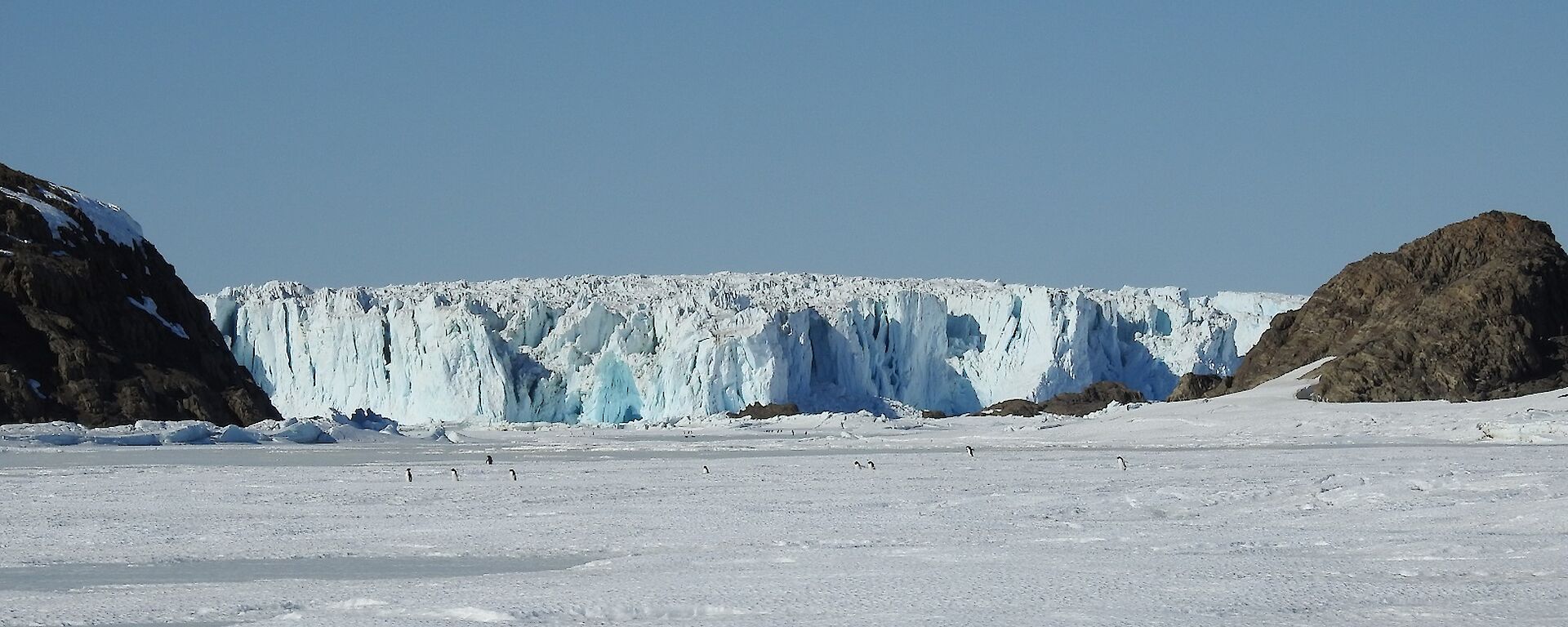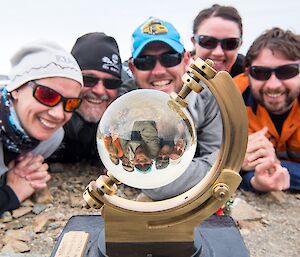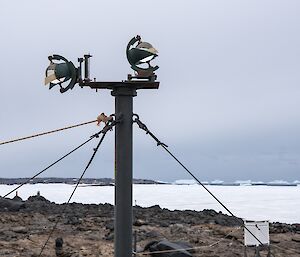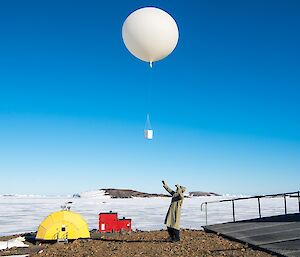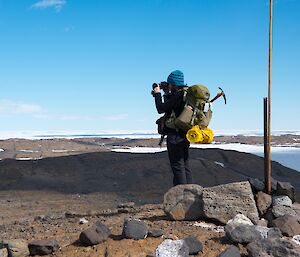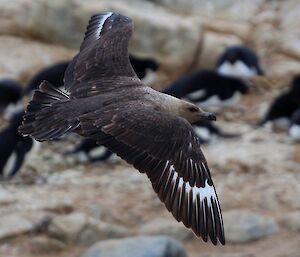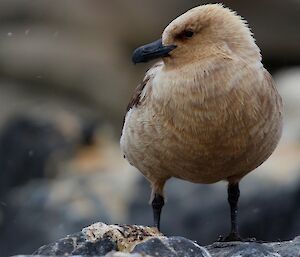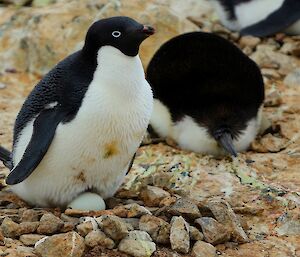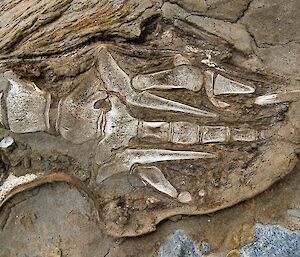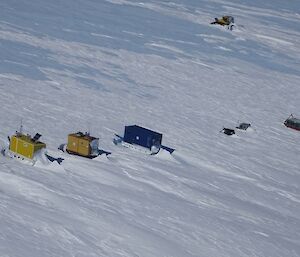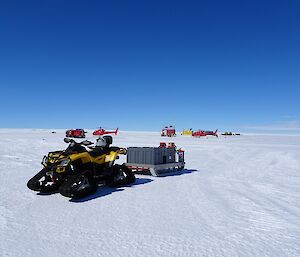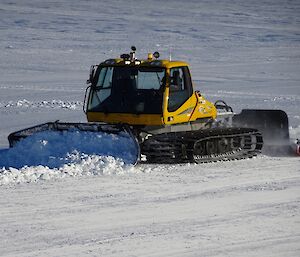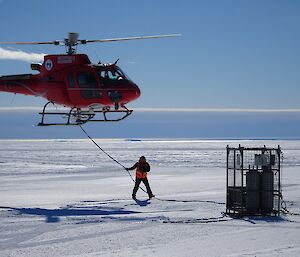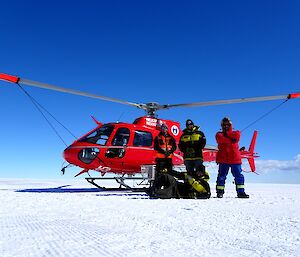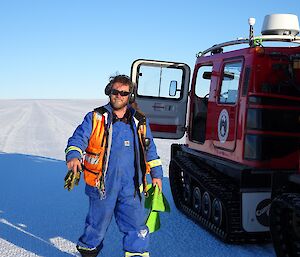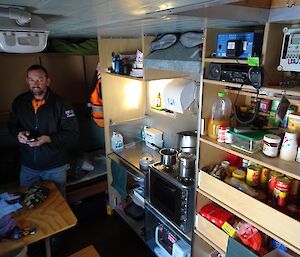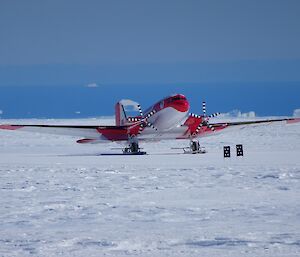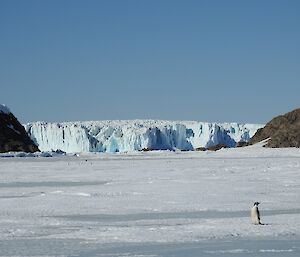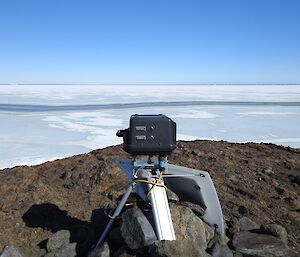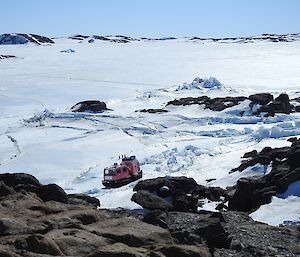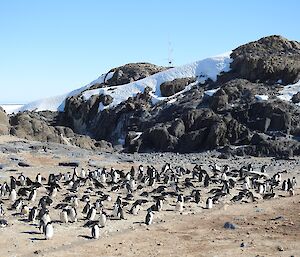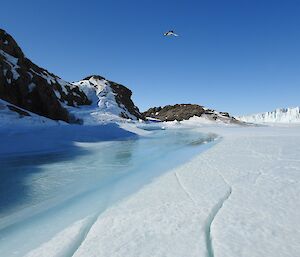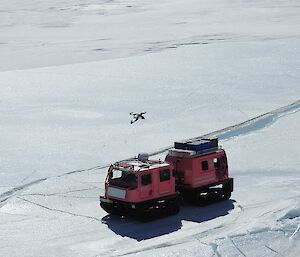With the arrival of Daleen last week and Rachel, the senior forecaster completing her field training, the summer meteorological (Met) team is now complete and the full program will be up and running in a few days.
The Met building is now humming along nicely with most of the stores that arrived on V1 safely secured in different parts of the building as well as a shelf in the Green Store.
It has also been a time for the members of team Met to get some kilometres into their legs. Damo and Aaron ventured out to Law Cairn. Then Rachel, Damo and Aaron joined others on a couple of walks out to Gardner Island and Anchorage Island.
Damo, Barry and Rachel also had an opportunity to acquaint their senses with the odoriferous and visually vibrant place that is the Old Wallow. After taking in all the sights and smells we attempted the arduous climb up to the Lookout — the view was magnificent.
Meanwhile back at the office — the forecasts issued by Damo and Rachel have been fine, factual and favourable and have been well received by all who use them for planning their every day work and recreation.
The observers, Barry, Aaron and lately Daleen have been launching two balloons per day. Attached to the balloon is a small package (radiosonde) which has sensors and a GPS on-board. The radiosonde transmits vital information of wind speed and direction, temperature, humidity and atmospheric pressure as the balloon rises up through the atmosphere. The data is sent to the Bureau of Meteorology’s super computer in Melbourne, where it is used to model the atmosphere for the future and also as an ongoing record of the climate.
Aaron and now Daleen have been maintaining all the equipment in the Met building to keep the office and program running smoothly.
Cheers and Season’s Greetings
Team Met

